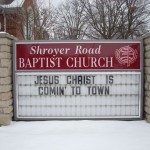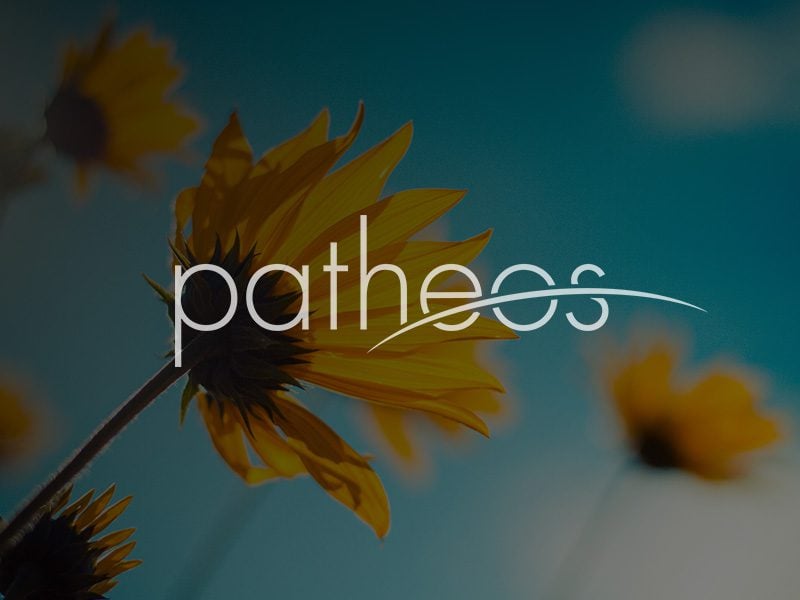One of my favorite lines from one of my favorite Christmas carols is a great reminder that the Light of the World comes into our darkness when the night is half-spent. The tradition that Jesus was born at midnight is probably based partly on the language from the Book of Wisdom describing the angel who liberated the Israelites from Egypt:
For when peaceful stillness compassed everything and the night in its swift course was half spent,
Your all-powerful word from heaven’s royal throne bounded, a fierce warrior, into the doomed land . . . (Wisdom 18:14-15)
It’s always in the dark watches of the night that we think the Messiah will never come, or Bethlehem will never provide shelter, or the kids will not stop throwing up in time for us to have the perfect Christmas. But without the darkness and the waiting and the fear, we would not notice the coming of the Light.
I know that this year, for me, the Light is almost too dazzling to bear against the darkness of the doomed land where I’d been dwelling of late. The worst darkness of my life is giving birth to the best Christmas ever, and all I can do, like the shepherds, is stand in stunned and silent awe, grateful.
The message of Christmas is always one of growth and blossoming, in the bleakest of midwinters, in the darkest of half-spent nights. That’s the message of Isaiah in the reading for Morning Prayer today, and of the carol I love that is set to his prophecy:
Lo, how a rose e’er blooming,
From tender stem hath sprung.
Of Jesse’s lineage coming,
As men of old have sung;
It came, a flow’ret bright,
Amid the cold of winter,
When half spent was the night.Isaiah ’twas foretold it,
The Rose I have in mind,
With Mary we behold it,
The virgin mother kind;
To show God’s love aright,
She bore to men a Savior,
When half spent was the night.
As a child I first heard this German carol, with the 1894 English translation by Theodore Baker and the wondrous Michael Praetorius harmony, sung by the Roger Wagner Chorale on Joy to the World, a Christmas collection so terrific I’ve gone through 3 vinyl discs, a tape, a CD, and am on to the MP3 version now. The Jesse Tree, a medieval illustration of the prophecy referred to in the song, is also one of my favorite Christmas images: Jesse, the father of the House of David, asleep as a tree grows from him. The branches of the tree depict (in Western art) the generations of Jesus’ genealogy; in Byzantine art, the branches depict Old Testament types and the major prophets foretelling the Messiah’s coming. In both traditions the Jesse Tree’s culminating blossom is the Rosa Mystica, the Virgin Mary and her Child.
This is my Christmas card to you, and my Christmas wish: That God’s promise takes root in you, and grows, and flowers, and bears fruit—no matter how bleak the midwinter, no matter how far spent the night. May you have a Blessed Nativity!












